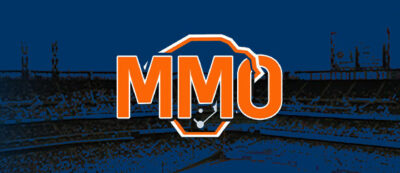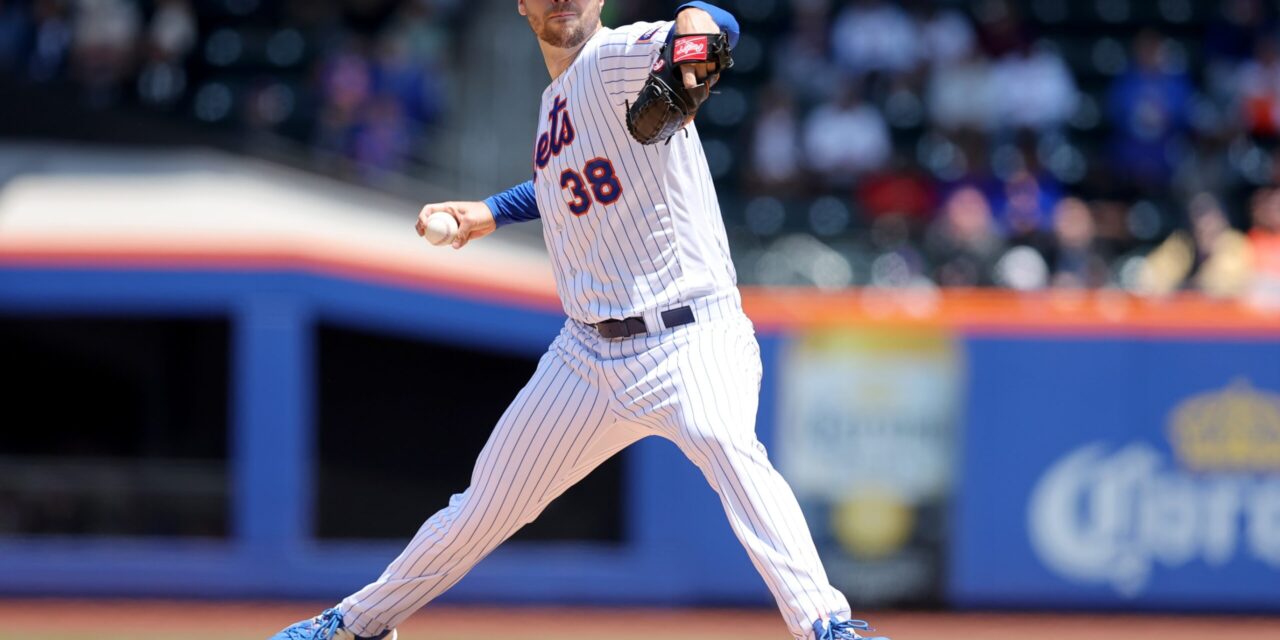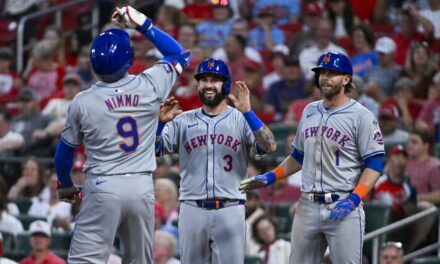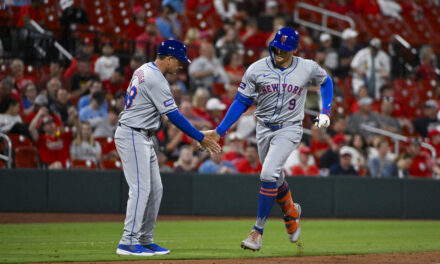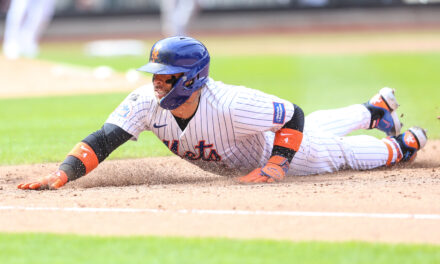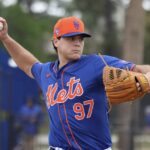It’s official, the lab is open.
Well, it’s been open since the start of June, but the Mets have finally dove into the pool of analytics. The pitching lab, which has been spoken about since Steve Cohen first bought the team in 2021, was revealed in a detailed article by Tim Britton and Will Sammon in The Athletic.

Brad Penner-USA TODAY Sports
According to Britton and Sammon, the lab’s goal is to have pitchers get a better understanding of their mechanics, identify pitch design, and maximize their arsenal. The plan is to have major league and minor league players visit the lab after the season to give each player a designed offseason plan.
The lab contains a weighted mound, designed to track how a pitcher throws and transfers his weight through his motion. There is also a weighted plate that tracks the same movements of a hitter facing a pitcher.
“The lab’s critical,” Ben Hansen, the Mets’ director of performance technology, told The Athletic. “It’s a place for us to capture gold-standard data on a player and how they move and how they perform.”
Tylor Megill gets two huge outs to stay out of trouble in the 4th pic.twitter.com/s597zSzLBf
— SNY (@SNYtv) August 23, 2023
The pitching lab is another step in the right direction for the Mets. The organization has been behind in utilizing advanced analytics, and according to Britton and Sammon, it wasn’t even in the middle of the pack of other MLB teams.
“One team source chuckled at the idea of comparing the Mets to the Astros. New York, he said, was until recently several years behind the middle of the pack in adopting the latest trends in pitching development, to say nothing of how far behind it was behind industry vanguards like Houston and Tampa Bay.”
As the Mets continue to catch up in the analytical department, the lab was just an addition to the foundation the Mets laid in 2021. The hiring of people such as Eric Jagers and Kyle Driscoll started the wave of 21st-century pitching development, and the two of them have been introducing biomechanics to pitchers over the last two years.
Their teachings have already led to a big-league success story. Grant Hartwig, who went undrafted in 2021, bought into Driscoll’s mantra, adopting analytics to improve his pitches and throw them effectively.
“A lot of it was just learning what the numbers mean and how to create what we deem are good pitches or good stuff,” Hartwig told The Athletic. “Analytics for me were more so, how am I going to use my stuff? Where’s the best spot to throw it? We get heat maps on where to throw our stuff and how successful we can be using it there. I use that as an outline.”
The infusion of analytics has come at a great time for the Mets. Top 30 prospects such as Blade Tidwell, Mike Vasil, Christian Scott, Tyler Stuart, and Dominic Hamel are all in the upper levels of the minors and will most likely take a trip to the lab to evolve their game.
If the five of those pitchers mentioned, or Calvin Ziegler or Brandon Sproat, are developed into number four or five starters, the Mets will have tasted their first victory. As of now, the Mets have shelled out $100.66 million to Max Scherzer, Justin Verlander, and Carlos Carrasco. Heck, they’re even paying Chris Flexen $3.84 million who hasn’t pitched a single inning for the Mets this season.
Right-Hander Blade Tidwell with a good bounce back outing for Double-A Binghamton
5 IP, 4 H, 0 R, 0 BB, 6 K. 87 pitches (53 strikes)
My No. 1 ranked pitcher in the system has 132 strikeouts in 102 IP this year
(Sorry to the announcer in this video but that was NOT a slider) pic.twitter.com/Yd24vFxSH2
— Joe DeMayo (@PSLToFlushing) August 23, 2023
Despite taking steps in the right direction, the Mets have failed to replicate the Dodgers or the Astros. The five-year window Cohen set for a World Series is dwindling. However, the organization is buying in and Cohen and his coaching staff are insistent on building a winning franchise.
“We all want it to be a quick turnover,” Hefner said. “It’s not necessarily one thing that’s going to say, ‘OK, now we’ve done it.’ It’s these small little things that continue to happen over the course of two or three years, and then you look up and Triple-A is full of these guys and they just keep coming. We’re not there yet. But we’re leaving no stone unturned.”
